By Natalie Walker
On Friday I had the privilege of attending a Historic Preservation Commission Docket where I was permitted to sit in the committee seating section and listen to the cases being presented. It was a great learning experience and I felt honored to be a part of the Commission’s proceedings and decisions in the various cases they heard. One thing that I found particularly interesting was the process that homeowners must go through when trying to renovate or update a property that is historically significant. Whether it is the period in which the architecture originates or the architects themselves, making changes to a home that fits within one or both of these categories can be a challenge.
It was fascinating to witness the relationship between the public and the commission members and how they dealt with each case, trying to come to a fair solution for both involved parties. For example, if homeowners wished to update features like windows, then they would need to ensure that the windows match the originals installed by the architect/builder. Sometimes it is an easy solution that can be quickly reached and other times those making a case for themselves will have to attend multiple meetings and present progress and status reports to the committee.
I think it is incredibly important to preserve historic homes, neighborhoods, and architecture that reflects significant styles or architects. The service that the Commission provides allows for the careful preservation of historical significant sites while also permitting homeowners to make desired changes in a way that maintains the integrity of the original structure. Granted, this process is not always simple and can be difficult, but the goal to maintain local history for everyone to appreciate is admirable and should be shared by all.

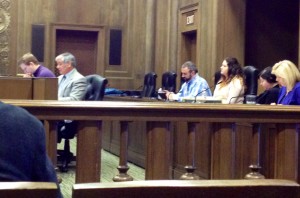

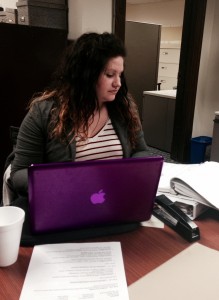
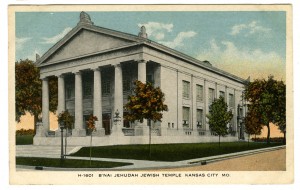
 Immediate part-time openings available at the
Immediate part-time openings available at the 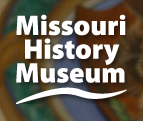

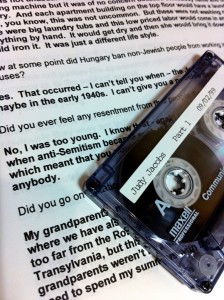
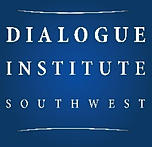 Kansas Branch of the Dialogue Institute of the Southwest
Kansas Branch of the Dialogue Institute of the Southwest